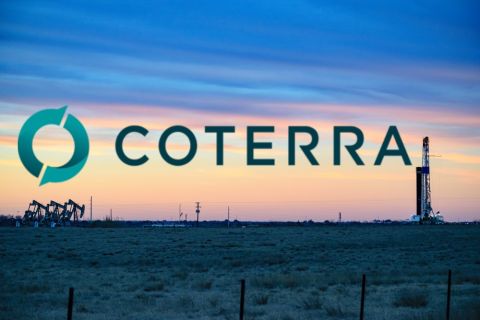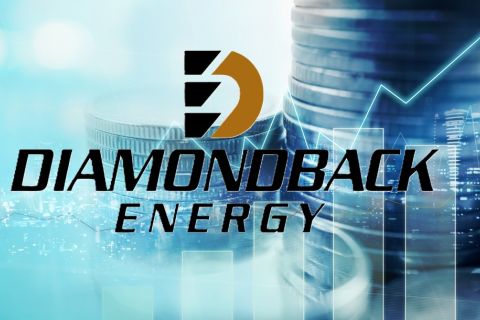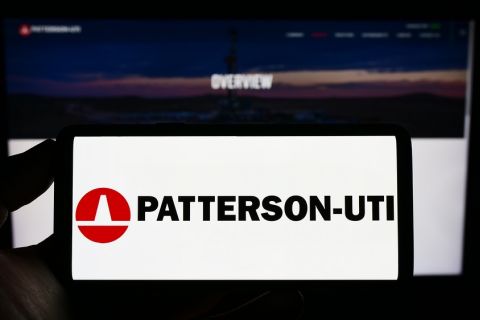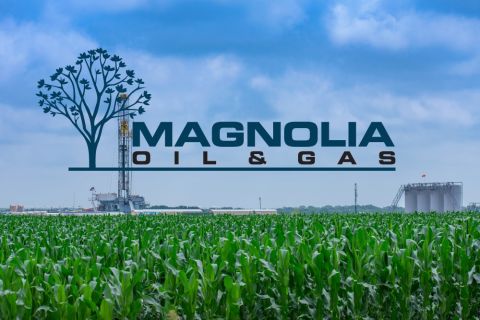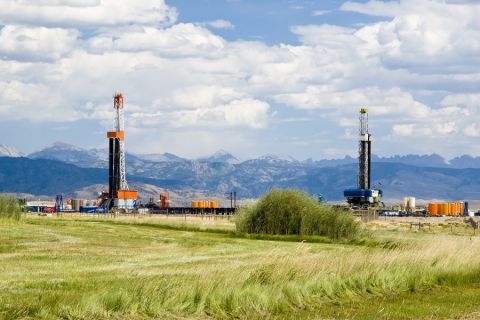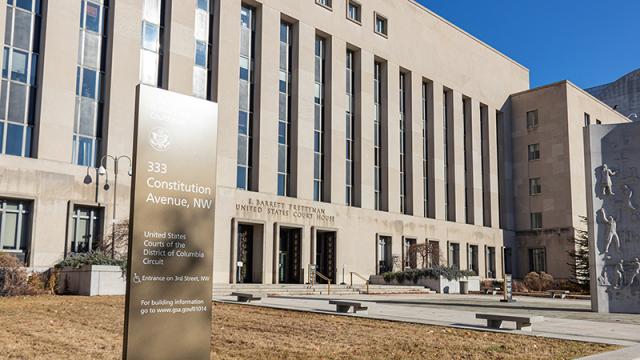
The Texas v. EPA lawsuit, which will impact any litigation over the EPA’s latest emissions regulation proposal, will be heard by the U.S. Court of Appeals for the District of Columbia Circuit. (Source: The Bold Bureau/Shutterstock)
Implementation of the EPA’s proposal to dramatically cut emissions from model year 2027 cars and light trucks may depend on the outcome of a 2022 lawsuit that will be heard in the fall.
In Texas v. EPA, 16 states argue that the federal agency overstepped its authority in promulgating its “Revised 2023 and Later Model Year Light-Duty Vehicle Greenhouse Gas Emissions Standards.” Among other arguments, the suit says that the standards are so strict that automakers will be forced to build more electric vehicles (EVs) to ensure that their fleets are in compliance, thereby placing undue strain on the electric grid.
Those states are likely to fight the latest proposals in court, as well, using some of the same arguments, Jonathan Brightbill, partner at Winston & Strawn and former acting U.S. assistant attorney general, told Hart Energy.
“What the D.C. Circuit decides in the existing case with respect to the existing standards will be very relevant for determining whether these proposed regulations could go into effect,” said Brightbill, who led the Justice Department’s Environment & Natural Resources Division during the Trump administration. “There could be additional issues that are challenged in the 2027 and later rules that just got published, as well.”
The Rise of EVs?
The proposed standards build on the existing standards for cars and light trucks of model years 2023-2026, which are challenged in the lawsuit. While no technologies are mandated, the EPA said in its April 12 announcement that it projects, “for the industry as a whole, the standards are expected to drive widespread use of filters to reduce gasoline particulate-matter emissions and spur greater deployment of CO2-reducing technologies for gasoline-powered vehicles.”
However, the agency also acknowledges that those technologies won’t be sufficient to meet its goal to avoid nearly 10 billion tons of CO2 emissions through 2055 from the transportation sector. Depending on how auto manufacturers decide to comply with the new standards, EPA projects that EVs could account for 67% of new light-duty vehicle sales and 46% of new medium-duty vehicle sales in model year 2032.
In 2022, only 5.8% of new cars and less than 2% of trucks sold were all-electric. And while a slew of EVs are slated to reach showrooms over the next few years, the proposed regulations call for a more rapid introduction than the auto industry would put into effect on its own, Brightbill said, “If we were talking about a free market where the automobile industry is simply producing cars that consumers want, as opposed to producing a mix of automobiles that is necessary to meet regulatory standards.”
The government’s apparent intervention in the automobile markets was not lost on API CEO Mike Sommers.
“This deeply flawed proposal is a major step toward a ban on the vehicles Americans rely on,” Sommers said in a statement after the announcement. “As proposed, this rule will hurt consumers with higher costs and greater reliance on unstable foreign supply chains.”
The EPA contends that the new standards would save the average consumer $12,000 over the life of a light-duty vehicle in terms of fuel and maintenance costs. The proposal also estimates that benefits of the new standards would exceed costs by more than $1 trillion through 2055.
Sommers’s argument about the reliance on foreign supply chains, especially China, refers to the rare earth minerals used in the construction of EV motors. A typical EV requires about six times the mineral inputs of a conventional car, the International Energy Agency said in its report, “The Role of Critical Minerals in Clean Energy Transitions.” Those elements are essential for the permanent magnets in the motors and copper, in particular, is critical for all electricity-related technologies, the IEA said.
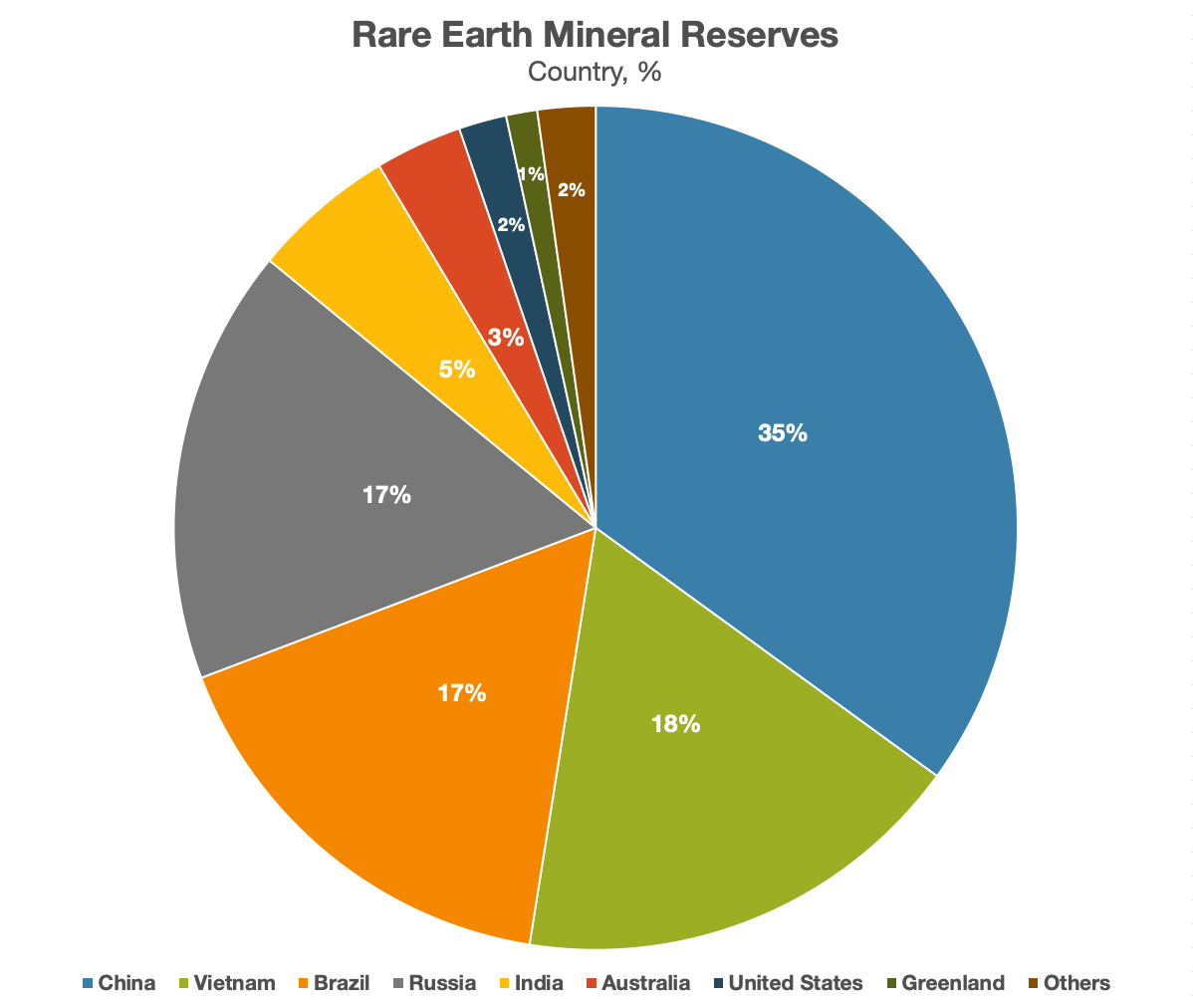
The challenge is that two countries increasingly hostile to the U.S. and the West—China and Russia—control 52% of the world’s total recoverable reserves. China alone accounts for more than 70% of rare earth mineral production. The U.S. accounts for a little over 14%.
Rare Earth Minerals Supply
The national security argument is made in Texas v. EPA and will likely be repeated in expected litigation against the new proposals.
“An overwhelming share of the materials required to produce electric vehicles are in China and other hostile countries,” the existing suit states. “The state petitioners have long partnered with the federal government to enhance energy security and diminish our reliance on hostile foreign actors. And Congress has expressly legislated on that topic. It is implausible that Congress would have empowered EPA … to jeopardize this goal by forcing vehicle manufacturers to increase reliance on foreign actors.”
The issue over rare earth minerals also impacts another aspect of the EPA’s statutory authority, Brightbill said—the agency’s required consideration of feasibility and cost. What if the price demanded by China and Russia is higher than anticipated in the EPA’s projection? What if those materials were cut off altogether?
That would apply “to the extent that the assumptions that they have made are overly optimistic about the availability of heavy metals and other resources that are necessary for the deployment of electric vehicles on the scale of what they are talking about here,” he said. “Those types of considerations are also within the scope of what litigants could challenge at some point.”
Recommended Reading
CEO: Coterra ‘Deeply Curious’ on M&A Amid E&P Consolidation Wave
2024-02-26 - Coterra Energy has yet to get in on the large-scale M&A wave sweeping across the Lower 48—but CEO Tom Jorden said Coterra is keeping an eye on acquisition opportunities.
Endeavor Integration Brings Capital Efficiency, Durability to Diamondback
2024-02-22 - The combined Diamondback-Endeavor deal is expected to realize $3 billion in synergies and have 12 years of sub-$40/bbl breakeven inventory.
Patterson-UTI Braces for Activity ‘Pause’ After E&P Consolidations
2024-02-19 - Patterson-UTI saw net income rebound from 2022 and CEO Andy Hendricks says the company is well positioned following a wave of E&P consolidations that may slow activity.
CEO: Magnolia Hunting Giddings Bolt-ons that ‘Pack a Punch’ in ‘24
2024-02-16 - Magnolia Oil & Gas plans to boost production volumes in the single digits this year, with the majority of the growth coming from the Giddings Field.
E&P Earnings Season Proves Up Stronger Efficiencies, Profits
2024-04-04 - The 2024 outlook for E&Ps largely surprises to the upside with conservative budgets and steady volumes.


